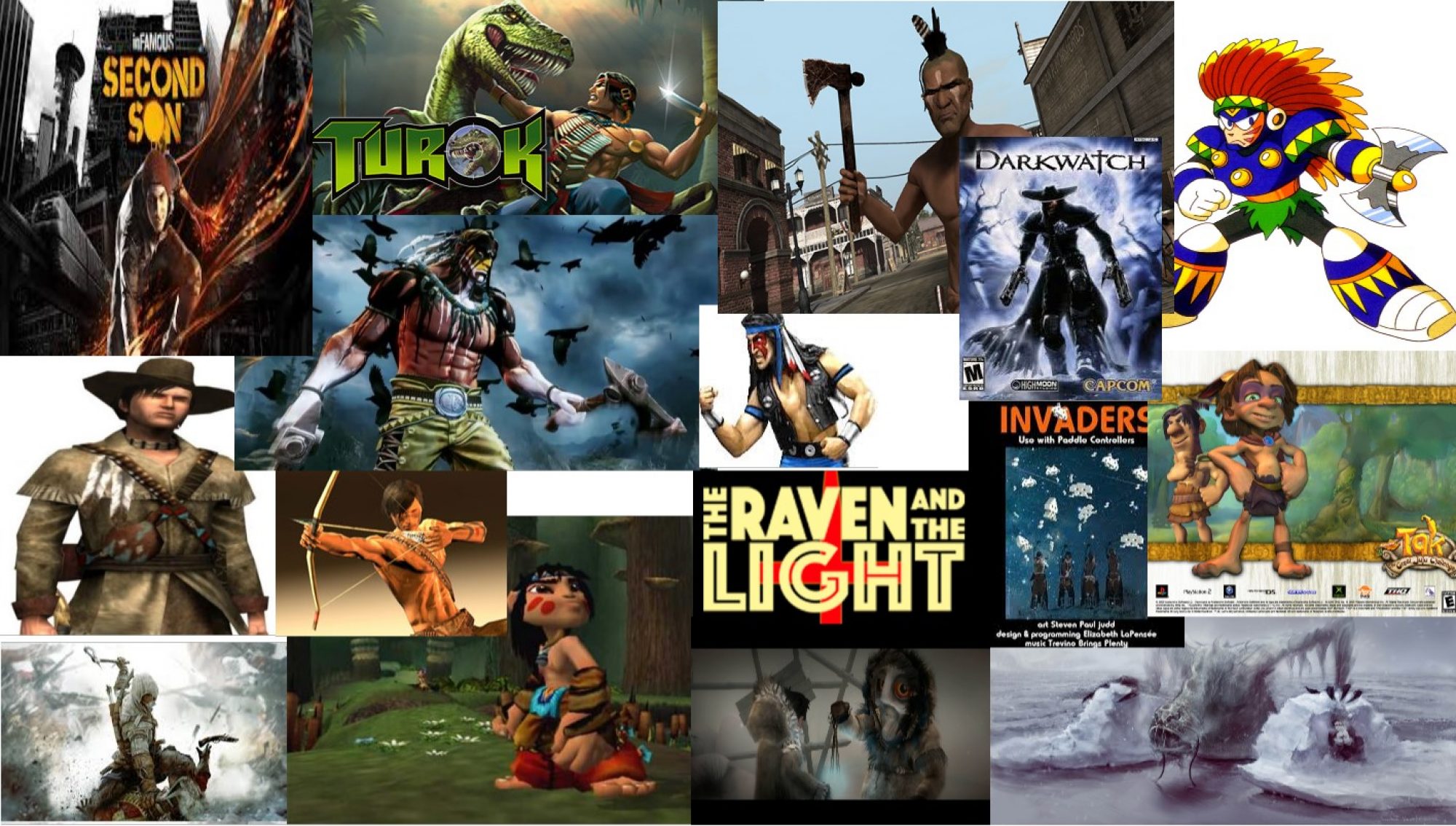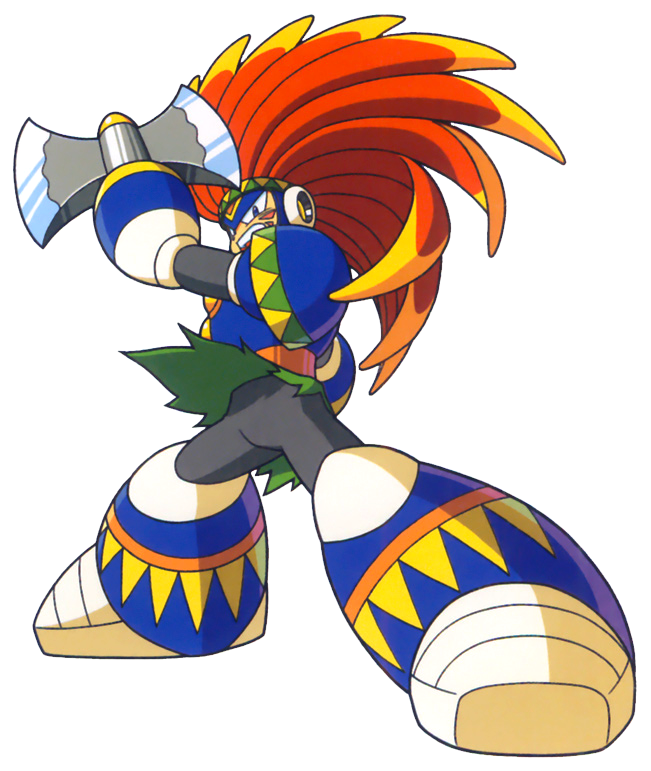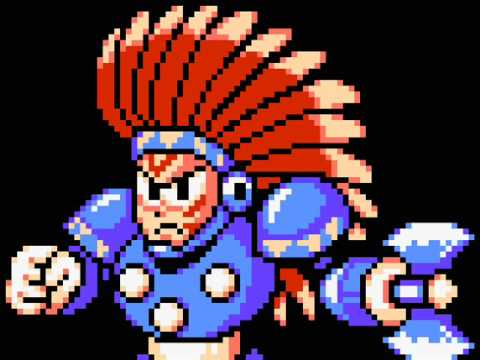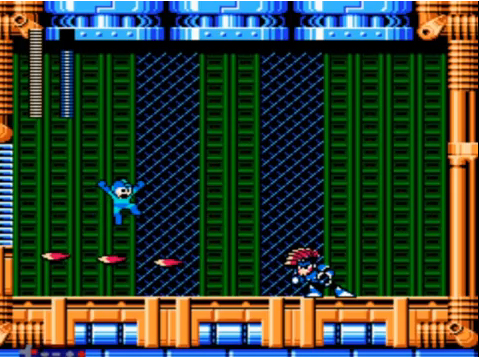
Video games and single player stories have become heavily intertwined as technology continues to expand opportunities to explore stories using multiple aspects. Stories revolving around environments that are massively detailed, expressive facial features from playable and non-playable characters and dependence on player choices all impact the progression through the main story. These features allow game developers to create a more uniquely linear, player driven story that solely relies on what, who and how the player interacts within the game. Having a game that focuses on linear storytelling coupled with player choice, creates opportunities for players to return to the game later and make different decisions during their playthrough. With every option affecting the story, this playstyle creates almost endless possibilities for the player. This mechanic is readily used by developer Quantic Dream, as each of their games relies on how the player interacts with the story. However, these story driven games are not without their flaws, depictions of stereotypes within the game; Beyond; Two Souls, portrays tropes that other popular forms of media use when describing Native Americans. The implications of Jodie becoming the white savior towards the Native Americans, as well as using mystic tropes reinforce stereotypes. This post is a discussion on how Beyond; Two Souls uses stereotypes within the game.
Beyond; Two Souls centers the story around Jodie Holmes, a young white woman who has had a mysterious psychic connection with an entity named Aiden, whom she communicates telepathically with, performing actions such as possessing people and moving objects. The story partitions segments that transport the player into different times of Jodie’s life, exploring her relationships with characters and environments at different ages. Decisions made during Jodie’s early life will impact her interactions and relationships with characters later on. Throughout the early stages of Jodie’s story, Jodie’s isolation within a heavily secured building is a result of her conflicted relationship with Aiden being dangerous to the outside world. Growing up, Jodie is forced into a military program, enhancing her strength with Aiden, becoming the CIA’s priority weapon. Upon realizing the CIA’s intentions of overturning the Somalia government, Jodie leaves the program and becomes a vigilante. As Jodie continue to flee from the CIA, this is where she runs into the Native American family.

The player is introduced to the Navajo family as Jodie stumbles onto their farmland in the middle of the desert. Jodie is cautiously greeted by the oldest Navajo teenager, which later becomes her romantic interest. After the conversation, the father enters and speaks Navajo to his son. Ater the conversation, Jodie enters the house, the family insists having her have dinner with them. During dinner, the father explains to Jodie that they are the last family living out on their traditional territory, as members of their reservation left to find work in the city.
The scene ends with loud spiritual noises coming from outside and Jodie being escorted to her room. Jodie is told to stay in her room until morning. During this section of the game, Jodie’s dreams revolve around the spirits or monsters that she encounters. are the same ones that she has come across throughout earlier chapters of the game. The game implies that the monsters from earlier in the game come from this Native American background. Jodie begins to have dreams/visions of the Native American family. These dreams/visions are of the Native American family and images of a spiritual mystic shaman character. Jodie then wakes up and has the option to explore during the night. If she opens the front door, she sees the mysterious shaman character in her vision. This character seems to be in an attacking pose. The section ends with the family furious at Jodie’s lack of respecting their wishes to stay in her room.

The following morning, Jodie is asked to stay and help around the farm. Jodie’s persistence asking Paul to explain the mystical creatures that came out the previous night. As a result of the lack of explanation, Jodie sneaks out the next night to explore the farm. During her ventures outside, a sandstorm depicting a demon like face approaches the farm. As this monster enters the farm, Jodie sees the mystical men that have appeared while staying at the farm fighting off the demon creature.

These mystical people follow similar stereotypical appearances seen within other forms of media, wearing buckskin clothing and warpaint painted across their bodies. The sandstorm chases after Jodie throughout the farm. The storm eventually catches Jodie, but with the help of Aiden and the mystical creatures fight off the storm. Paul and the young men come out of the house and meet with Jodie, explaining that the storm is called Yé’iitosh, is a wendigo type spirit that feeds on blood.

The following day, the player explores the sheep ranch with the oldest son, he explains that five spirit guardians protect their tribe from the Yé’iitosh, the monster comes at night and steals souls as a form of punishment for living on that land. After their conversation, Jodie travels to the well to investigate the lack of water pumping. Upon entering the well house, the walls are decorated with buckskin artwork of what appears to be buffalo hunting and beaded artworks alongside the artwork. After leaving the well house, Jodie is shown a vision of the traditional Navajo nations teepees and totem poles being burnt down by the monster.

One of the ghosts appears and points around the community to show Jodie what this monster has done. Jodie flashes back to present time, where the word “crown” is written in the sand. The player is then shown a flashback of a shower scene where Jodie sees the same word written on the wall. This similarity implies that the “traditional Native American” that has been protecting this land throughout generations spoke and understood English. Doesn’t really make sense it would make more sense if symbols or actual Navajo language.

Jodie must travel to Fort Crown, where she discovers a sword that shows a vision of the spirits attacking the settlers in the fort. Jodie continues to travel and finds a symbol in the sand. Jodies finds five masks and four talisman within the symbol. It is revealed that the fifth talismen is being held by the grandma. It is shown through a cutscene that the mystical creatures/monsters opened up a portal, because of their hatred for the settlers.

Jodie builds a fire and convinces the family to recreate the symbol and hold onto the talismen. Gets the grandma to start the incantation, she starts chanting, opening the portal. The mystical people start fighting the monsters sending them all back into their dimension. Grandma dies and is buried in this traditional burial ground area. While exploring the burial ground, Jodie enters a secret cave and sees “traditional” cave paintings depicting her story. Throughout this section of the gmae, Jodie’s is portrayed as the white savior fighting off the spirit creature haunting the Native American family for generations. It is only until Jodie arrives on the reserve to battle the spirit that the family can finally live in peace.


 Video game development within the independent scene has seen an exponential rise in recent years as more smaller companies begin to rise through digital platforms like PC Steam, the PlayStation store, and ID @ Xbox. Each of these platforms gives the opportunities for smaller companies to continue their push into mainstream video game markets with each platform becoming more popular with gamers as the years and technology advance. This introduction into mainstream markets is the story from developer Ostrich Banditos, a five-person studio that took the famous 16-bit western themed of the early 1990’s and built a unique action adventure game. Westerado uses and plays with Native American stereotypes in numerous ways throughout the game in both comedic and violent ways. This post will discuss Westerados uses of Native American representations.
Video game development within the independent scene has seen an exponential rise in recent years as more smaller companies begin to rise through digital platforms like PC Steam, the PlayStation store, and ID @ Xbox. Each of these platforms gives the opportunities for smaller companies to continue their push into mainstream video game markets with each platform becoming more popular with gamers as the years and technology advance. This introduction into mainstream markets is the story from developer Ostrich Banditos, a five-person studio that took the famous 16-bit western themed of the early 1990’s and built a unique action adventure game. Westerado uses and plays with Native American stereotypes in numerous ways throughout the game in both comedic and violent ways. This post will discuss Westerados uses of Native American representations.






































